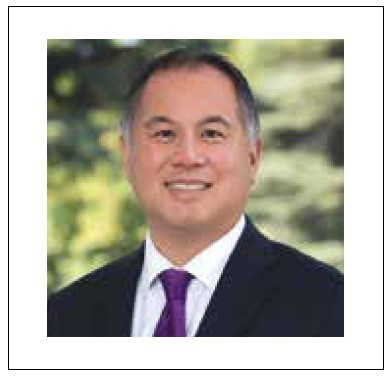
By Assemblymember Phil Ting–
Like many parents, I feel somewhat relieved. California has finally begun bringing back more students for in-person learning this month—thanks to AB 86, a compromise between the Governor and the Legislature to reopen schools.
Back in December, I wrote in this column about my original legislation to reopen schools, AB 10, and I’m proud it provided the groundwork for this final plan. Because of that early engagement, my role as Chair of the Assembly Budget Committee, and the mounting frustrations I felt as a parent, I was spurred to play a key role in the negotiations.
Under the new law, younger students and vulnerable students of all grades, such as English learners, homeless youth, and foster children, are among the first to return to their classrooms. Then, as COVID-19 infection rates decrease and schools gain experience in how to reopen safely, more students would return alongside them.
Under AB 86, the state is allocating $6.6 billion to school districts, giving them the resources and tools necessary to help our children go back to school. While it does not force schools to reopen, it does provide guidelines and financial incentives for them to do so. Schools that remain shuttered will not receive any additional money, leaving millions on the table.
The allocation also addresses learning loss, allowing for longer school days or summer school to help students catch up. We know children have suffered academically and emotionally after spending a full year learning online. In addition, the state has set aside 10% of its vaccine supply for school employees, adding another level of safety for campuses to resume operations.
It’s unfortunate that many school districts have been slow to fully embrace AB 86, including San Francisco Unified, where my children attend. I’m disappointed they are not reopening as many schools as the state plan requires to receive additional funding. Our city has some of California’s lowest infection rates, yet we are lagging behind places like Los Angeles and San Diego when it comes to serving our students’ best interests. Despite their COVID-19 case rates being among the highest in the state, their reopening plan is more expansive than San Francisco’s.
All-virtual lessons have taken a mental toll on our kids, and we cannot let this manner of learning go on indefinitely. I worry, too, that the pre-pandemic progress we’ve made in closing the achievement gap will be erased by our extended reliance on online schooling. I will continue to work with local administrators throughout my Assembly district to see what else we can do to welcome back more students.
Scientifically, it makes no sense to keep classrooms closed. Many studies show very few COVID-19 outbreaks in re-opened schools around the world. There are best practices that can be utilized without great health risks. For resources to help with reopening, staff and parents can visit the State of California’s Safe Schools for All hub: https://schools.covid19.ca.gov/
Meanwhile, the Legislature’s next debate will be whether to allow distance learning again next year, as the current waiver permitting it expires June 30th. While we should take into account the special circumstances some children and teachers may face, including those with compromised immune systems, we must get schools back to their main mission: provide an education in a safe environment, so our kids can reach their full potential.
Phil Ting represents the 19th Assembly District, which includes the Westside of San Francisco along with the communities of Broadmoor, Colma, and Daly City.
Published on March 25, 2021
Recent Comments